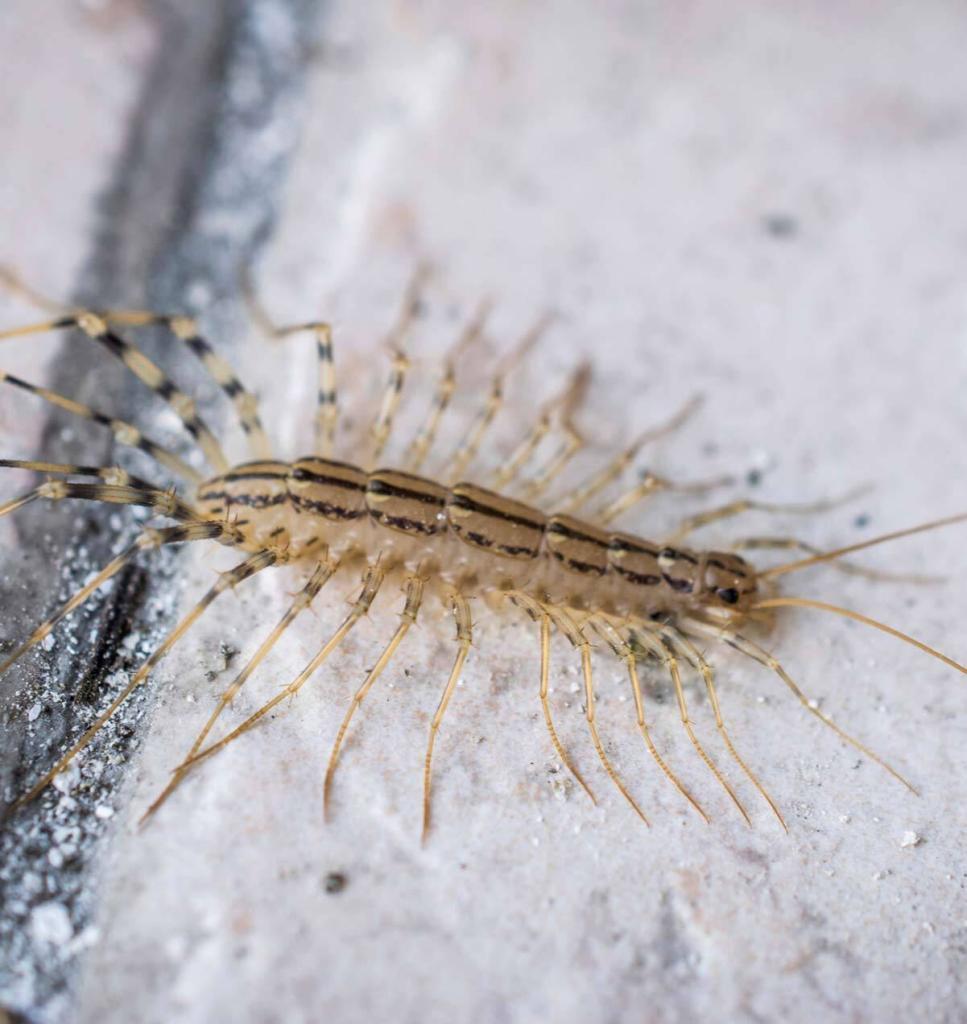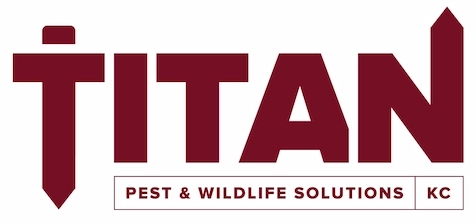Our comprehensive pest inspection is the only way to determine the root of a pest issue and the best way to solve it.
A house centipede is one of the creepiest things you might have seen crawling around your home. They are definitely strange-looking insects. They are slender, with what appears to be hundreds of long, thin legs bursting from all around their bodies. They can get quite large, moving very quickly when looking for a safe place to hide.
While you’ve undoubtedly seen them, you may not know much about them. Do they bite? Do they have a head? What do they eat?

At Titan Pest & Wildlife, we offer a variety of interior and exterior pest control solutions. We understand that there isn’t a one-size-fits-all solution for pests. We customize our plans to the specific requirements of each home and ensure that your needs and expectations are met with care and professionalism.
What Are House Centipedes?
First of all, house centipedes are not dangerous to humans. They don’t bite. And they don’t have hundreds of legs; they have 15 pairs. While your first response may be to squish it with a shoe, house centipedes do have a beneficial purpose. They eat many of the other unwanted pests in your home – spiders, flies, moths, roaches, termites, and silverfish. The two legs right by their head carry venom. They use their other legs to scoop up their prey. They forage at night, which is likely when you’ll see them scurrying around.
What Attracts House Centipedes?
House centipedes prefer humid, damp areas like basements, attics, bathrooms, closets, and garages. They lay their eggs in the same damp places and behind baseboards and under piles of wood.
How to Prevent House Centipedes
Keep a dehumidifier running in your basement and in other areas of your home that attract moisture. Also, eliminate spiders and other pests that they eat to remove their food source.
These methods may do the trick. However, if you still have unwanted house centipedes scurrying around your home, contact Titan Pest & Wildlife today.
Contact Titan Pest & Wildlife Solutions
Our pest control experts will look closely at the total picture upon inspection. We will carefully conduct a home pest inspection, looking for any potential entry points and signs of pest activity that are often difficult to detect. Our comprehensive pest inspection is the only way to determine the root of a pest issue and the best way to solve it.

2 thoughts on “That Creepy Crawly Thing In Your House – It Might Be a House Centipede”